SOME may find it obstructive and irritating, but for many people, smiling faces of beautiful women on billboards displaying lawn brands across the country are a pleasant distraction from a depressing law and order situation.
The growing size and dynamism of the multi-layered textile economy demonstrate the astonishing strength that market lends to a society even in a challenging environment. The textile tycoons, however, are not content as they believe that the sector potential has been compromised because of limited access to regional markets.
“Pakistan can emerge as the regional hub of summer fabrics if we can get access to Indian market. We are technologically more advanced and have all that it takes to lead in the sector. Our fine products have universal appeal. Women, particularly of South Asian origin, find it irresistible”, a leading textile miller boasts.
More than anything else, businessmen blame trade barriers in the huge market next door and poor handling of the issue by the country’s commercial diplomats for depriving the sector of the opportunities in the Indian market.
The effective duty incidence on Pakistani cotton fabric in India is said to be prohibitively high — 32 per cent — rendering Pakistani lawn exports unviable. This is so, though Pakistan enjoys the ‘most favoured nation’ status there. Sources in the relevant ministries confirm that Bangladesh and Sri Lanka enjoy better access because of the duty concessions they enjoy in India in certain categories of textiles.
The stakeholders project the consolidated size of the export and domestic market of the lawn (cotton summer fabric for women wear) at a high Rs400 billion. The quality and price range is said to be wide enough to cater to the demand of all income groups in the domestic market.
“Well, I find Rs400 billion market size of lawn hard to digest. Last year an Islamabad-based consulting firm estimated it to be Rs50 billion. I find this number more credible”, a textile trader in Karachi comments.
“The reported consolidated sales of Nishat Mills in 2011 was Rs69 billion that dropped to Rs68 bn in 2012. Some 80 exhibitions of key brands have been planned in Karachi alone over the next two months. Aggregate sales are estimated at over 10 million lawn suits in a season.
“Textile is the biggest sector as it enjoys natural advantage in a cotton growing country. The textile units in the country run in hundreds. Count in Gul Ahmed, Lakhani, Al Karam, Khadi, Sana Safinaz, Orient etc. To me even Rs400 bn looks like a very conservative estimate”, a textile analyst told Dawn.
The businessmen, however, expect shrinkage in the market during the current season. “I believe the collective sales this year will be 10 to 15 per cent less than the last year. Expecting a slump in the sales, key players entered the rings early with a bang to increase their share of the local demand pie”, Rafique Ibrahim of Orient explained more aggressive advertising campaign by textile groups.
He attributed the current demand slump to three factors, fall in disposable income because of static wages and high inflation, tendency of people to cut on spending because of uncertainty and lower presence of women in markets because of law and order situation.
Some market sources hinted at a fall in the number of brand operators as they are being crowded out of the market by big players.
“Expecting slower sales this year some parties have actually withdrawn. I do not want to name names but if you insist the brand ‘image’ is not there this year round”.
The average price has increased marginally over the last year. At the higher end, the price of lawn suit touches Rs22,000 mark whereas at the other extreme one can get a suit with little synthetic mix for Rs400. The average price range that hit highest sale falls in the band of Rs1,000 to Rs2,500.
Some also see the increasing size of the women wear market indicative of their greater share in family income. They believe that incremental demand particularly in high price category is fuelled by growing population of career women.
The competition has driven producers towards innovations at all stages of the value chain. There is growing trend among mill owners towards engaging designers and accessory providers, branding, setting up of dedicated sale store chains, introducing technology-based marketing options, research-based drive to enter regional markets and anything and everything else to consolidate their market position.
The textile industry invested heavily in balancing, modernising and restructuring over the last decade. The investment equipped the sector to produce world-class, high-quality refined cotton fabric. The global recession in the closing years of the 2000s, however, deprived them of the opportunity to cash on their investment by scaling up exports to the West.
















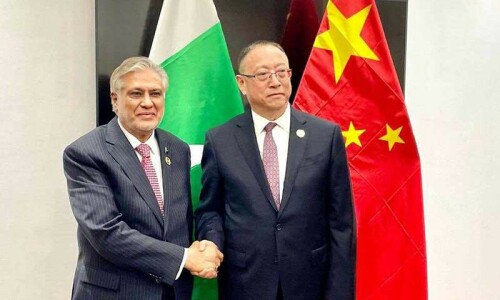

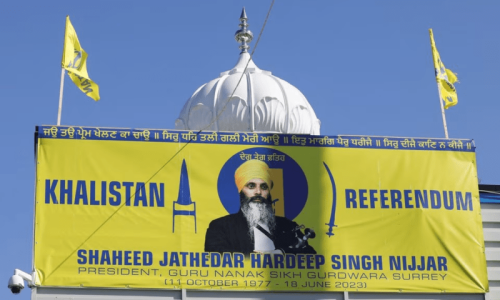





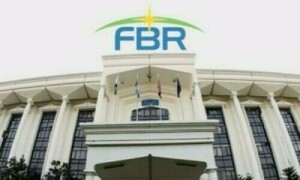


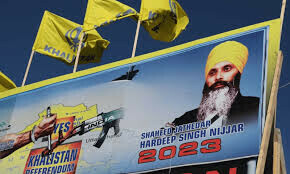
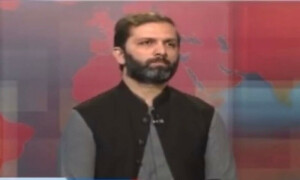



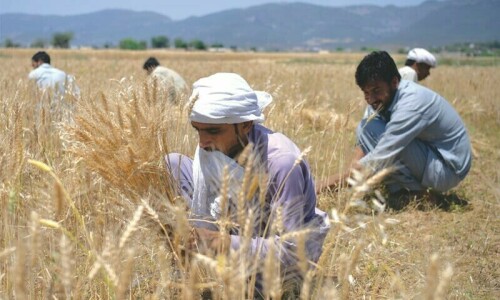




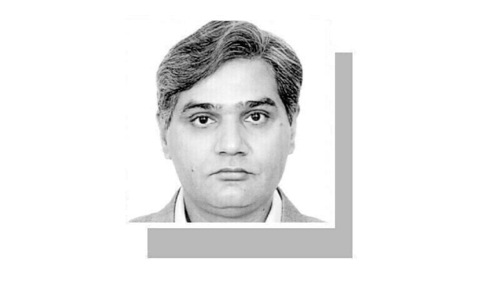





Dear visitor, the comments section is undergoing an overhaul and will return soon.